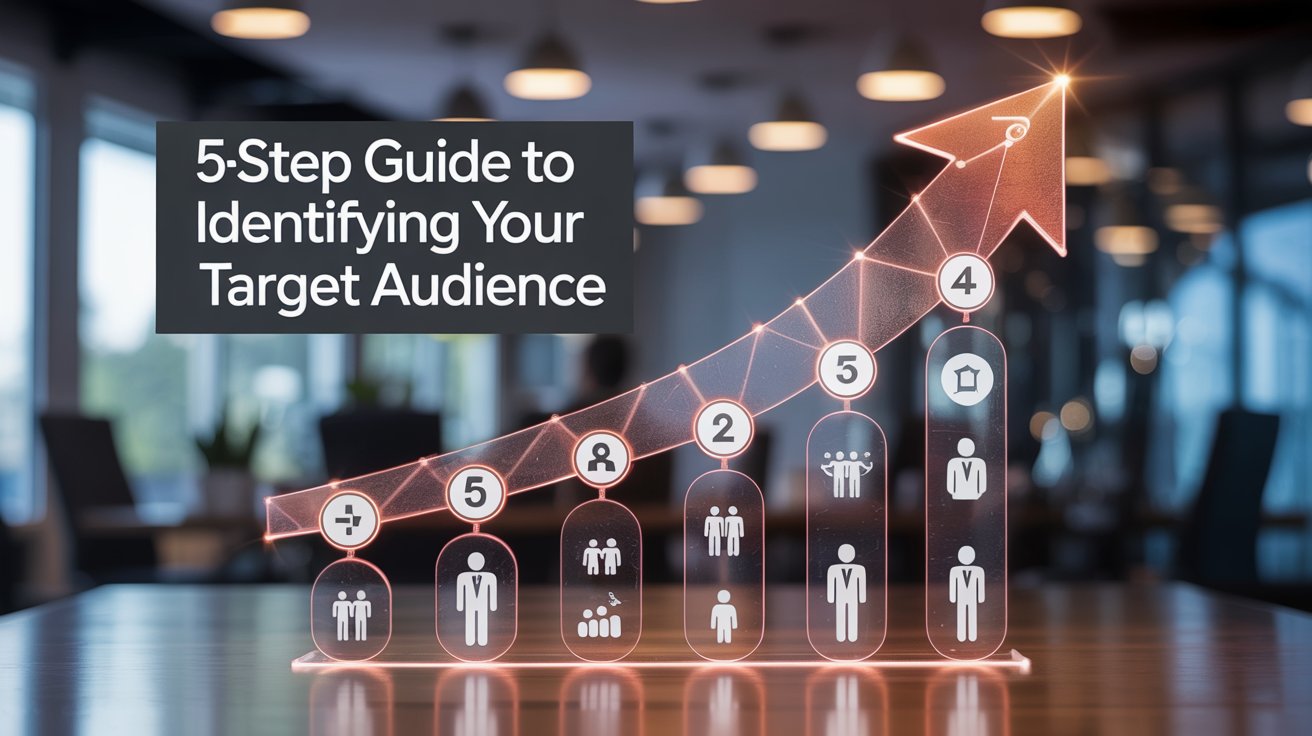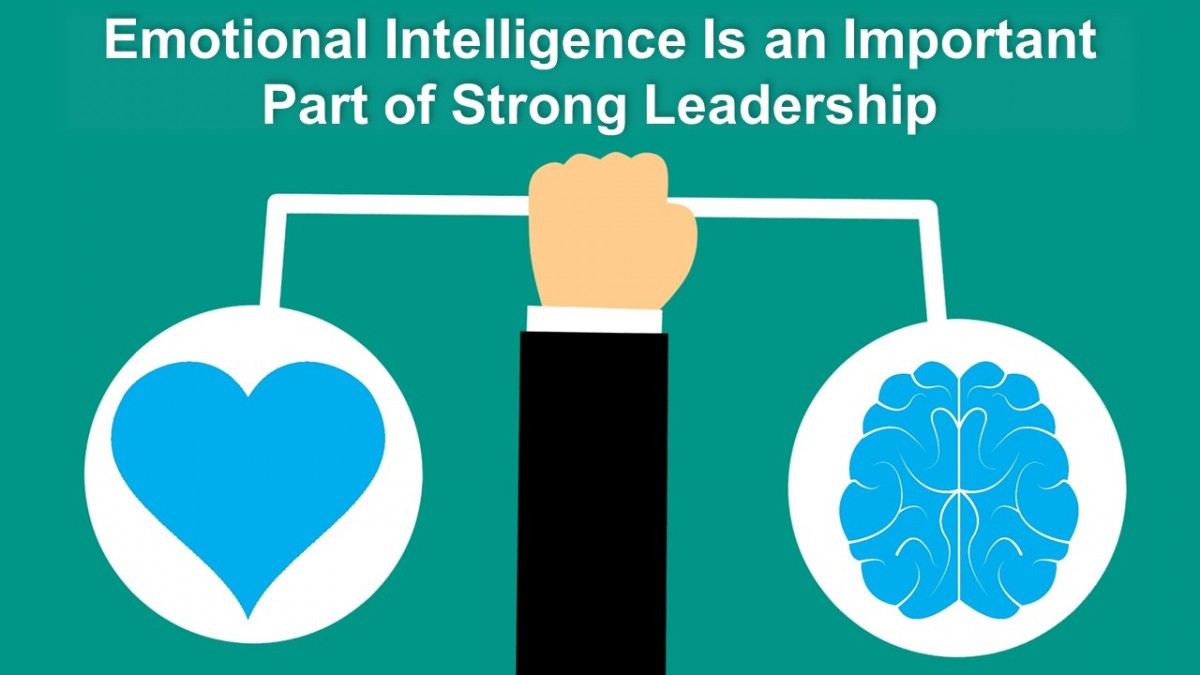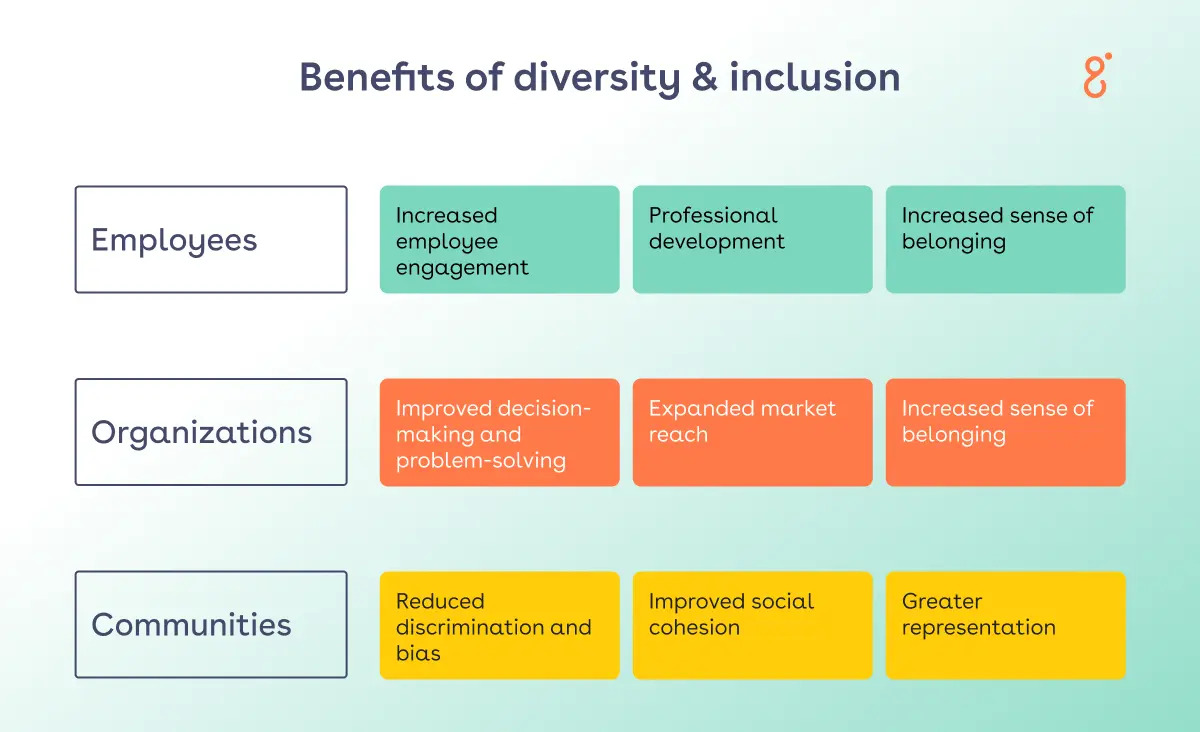
1. Analyze Existing CustomersIdentify top-performing demographics and psychographics 2. Build PersonasCreate fictional representations that embody key audience traits 3. Segment the MarketDivide audiences by demographics, geography, psychographics or behavior 4. Competitor & Behavior AnalysisLearn audience insights via rivals and web analytics 5. Test & RefineA/B test messaging and evolve profiles based on results.
Knowing exactly who you’re speaking to is one of the most critical yet overlooked elements of effective marketing. A clear, well-defined target audience empowers your messaging, boosts engagement, and maximizes ROI. But how do you discover and define that audience?
This five‑step guide offers a systematic approach to help you identify, understand, and connect with your most valuable potential customers.
Step 1: Analyze Your Existing Customers
Your current customers are your best teachers — because they’ve already made a purchase. Begin by:
- Mining CRM databases, website analytics, or support conversations to look for patterns among your most satisfied or profitable customersAdobe+15RecurPost+15SimpleTiger+15.
- Gathering demographic details (age, location, job titles, income) and psychographic traits (goals, values, pain points). These insights help shape deeper buyer profilesRecurPost+1Investopedia+1.
This insight forms the foundation for building customer personas and helps refine your broader segmentation.
Step 2: Build Detailed Customer Personas
Once you understand your current base, the next step is creating one or more fictional personas representing your ideal customer. These personas should combine:
- Demographics: age, gender, location, income, job role
- Psychographics: interests, motivations, challenges, values
- Behaviors: preferred channels, buying habits, decision‑making styleAdobe+2RecurPost+2Neil Patel+2
Fleshed‑out personas make messaging more specific, ensuring campaigns truly resonate with the audience.
Step 3: Segment Your Market Using Multiple Criteria
Target audiences are subsets within your broader target market. Segment them using:
- Demographic: age, gender, income, job title
- Geographic: city, region, climate
- Psychographic: lifestyle, values, motivations
- Behavioral or firmographic (for B2B): spending habits, company size, awareness stageWikipedia+12Neil Patel+12RecurPost+12
This segmentation helps you tailor campaigns to each group effectively. Narrow focus can dramatically improve conversion rates.
Step 4: Analyze Competitors & Audience Behavior
You don’t have to do all the research alone — your competitors have valuable clues:
- Review competitors’ social media, blogs, forums or review sections to understand what resonates with their audienceRecurPost.
- Use tools like SimilarWeb, SEMrush, or social listening platforms to uncover audience interests, traffic patterns, and engagement hotspotsRecurPost.
- Identify where your audience spends time — forums, blogs, social media platforms — and what language they use when asking questions or voicing complaints.
This gives you insight into tone, topics, and channels that truly connect.
Step 5: Test, Refine & Iterate
Once you’ve defined target segments and personas, it’s time to validate your assumptions:
- Run A/B tests on messaging, visuals, or offers to see what resonates bestHello Hasifa BlogArchitectural Digest+3Neil Patel+3Adobe+3WordStream.
- Collect qualitative feedback via surveys, interviews, or chat interactions to uncover overlooked insightsAdobeBrand24.
- Refine your personas and segmentation based on real results — and repeat the process at regular intervals.
Remember: audience understanding evolves over time. What works today may shift tomorrow.
Real‑World Examples & Benefits
Why This Matters
According to Harvard Business School Online and Web‑based marketing research, identifying your audience can boost marketing effectiveness and even improve sales by up to 20 %Neil PatelAmerican Marketing Association.
Neil Patel’s marketing team emphasizes how moving from broad to specific targeting dramatically improved returns on ads and content campaignsNeil Patel.
A Real Example
Dollar Shave Club originally defined their audience as men frustrated by expensive razors and attracted to convenience and humor. That focus helped turn them into a billion‑dollar brand — because their message didn’t appeal to everyone, just the right groupRecurPost.
Summary Table: 5 Steps At a Glance
StepDescription
1. Analyze Existing CustomersIdentify top-performing demographics and psychographics
2. Build PersonasCreate fictional representations that embody key audience traits
3. Segment the MarketDivide audiences by demographics, geography, psychographics or behavior
4. Competitor & Behavior AnalysisLearn audience insights via rivals and web analytics
5. Test & RefineA/B test messaging and evolve profiles based on results.










